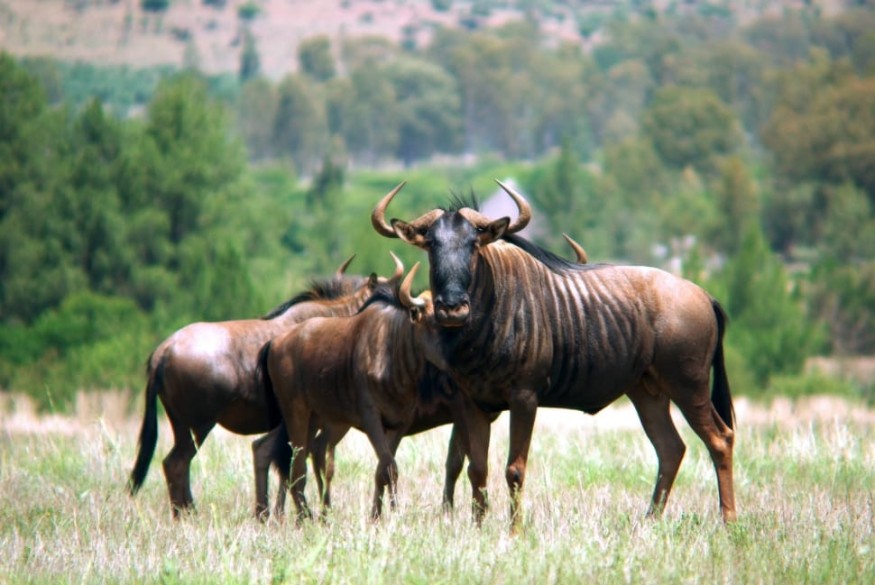
Camera traps bring you closer to the secretive natural world and are an important conservation tool to study wildlife. This week we're meeting an animal that takes part in one of the most amazing migrations on Earth: the African wildebeest.
Wildebeests, or gnus, are one of the largest grazers of the African savannas. These antelopes are most well known for their characteristic long-face, thick neck, and horns. They live in open bushlands and grassy plains and depend on short-grass pastures and water sources within 20km. Migration permits them to rotate pastures where these requirements vary seasonally. An example of such rotation is the Great Mara-Serengeti migration. Wildebeest, accompanied by zebras, Grant's and Thomson's gazelles, elands and impalas, spend the dry season on the grasslands of Lake Victoria and the rainy season on ashy volcanic plains closer to the Rift Valley. During this annual cycle, female wildebeests initiate movement from one major pasture to another. Watch the video to learn more about this species!
This article is republished from Mongabay under a Creative Commons license. Read the original article. | Author: Romi Castagnino, bilingual writer for Mongabay | Find her on Twitter and Instagram: @romi_castagnino
© 2025 NatureWorldNews.com All rights reserved. Do not reproduce without permission.





